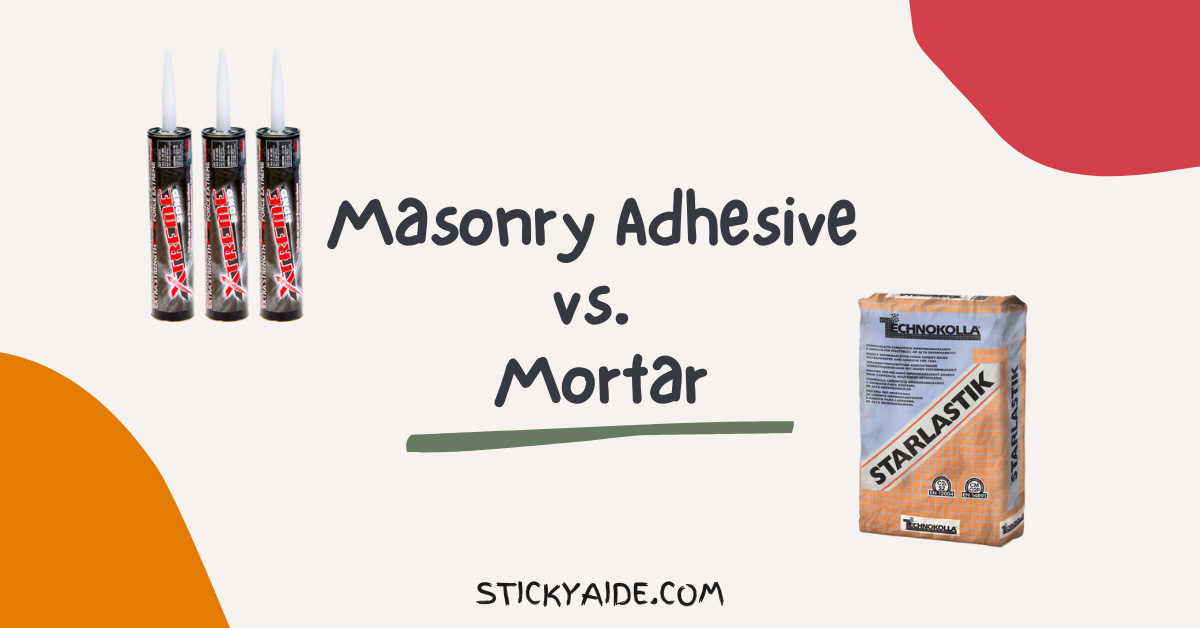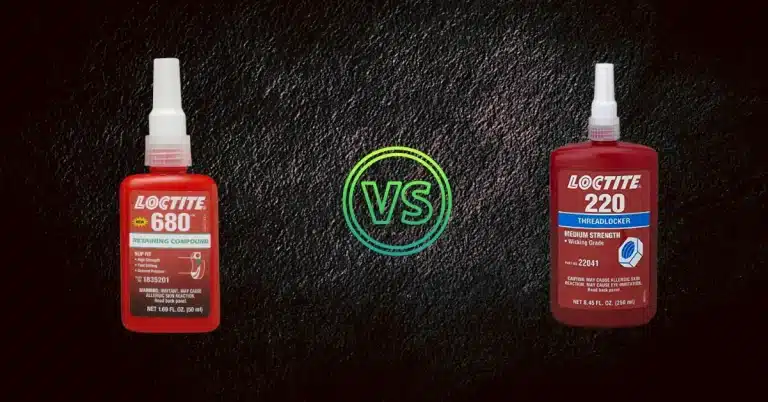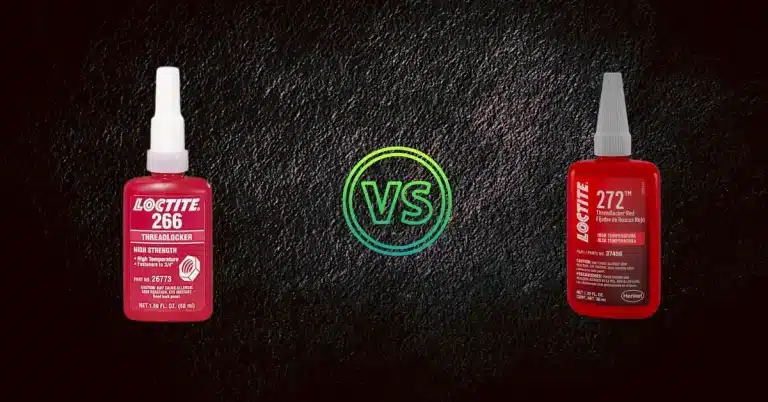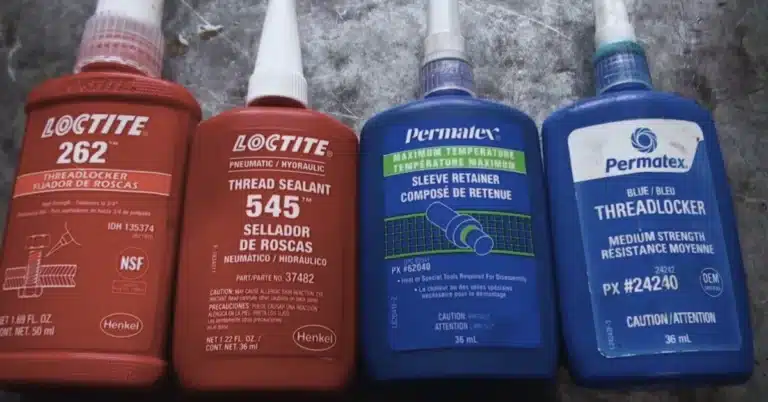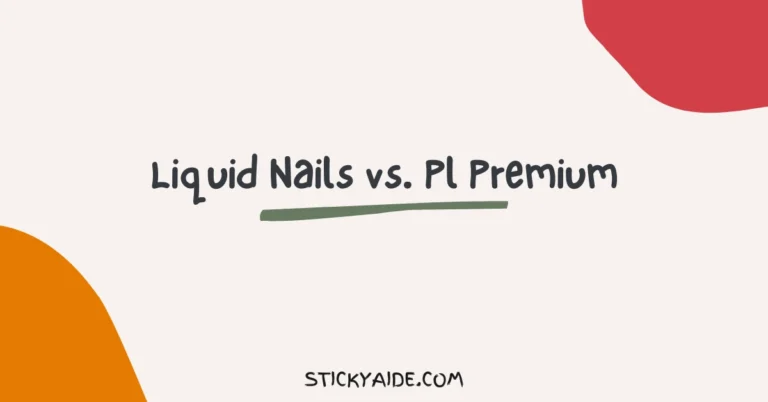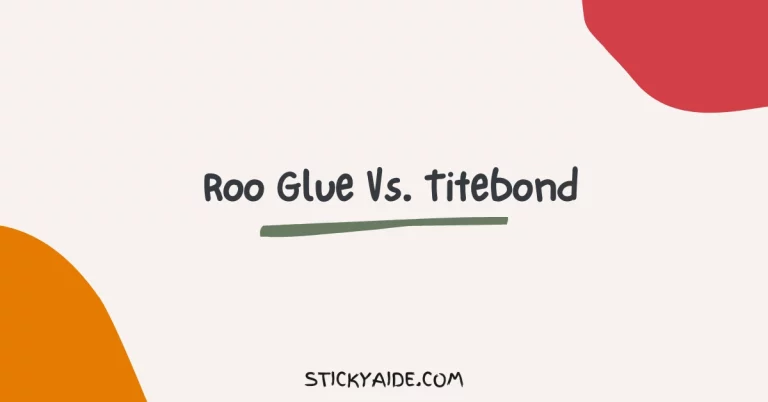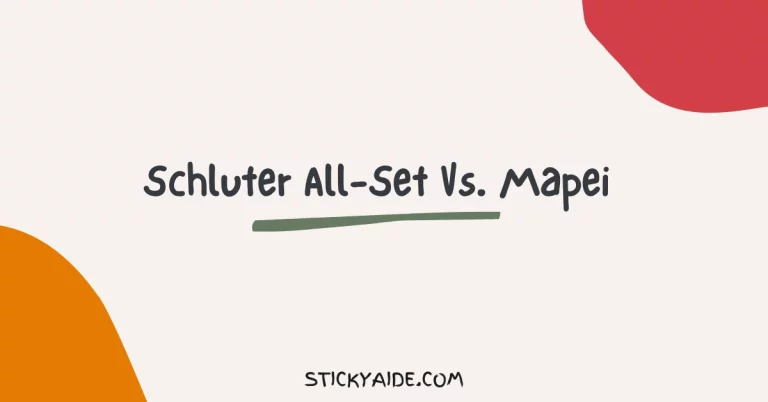When used correctly, both masonry adhesive and mortar can be instrumental in helping you build a stable foundation for your new masonry project. Each of these products serves a specific purpose and is made to work with certain materials.
Understanding the differences between mortar and masonry adhesive is the first step toward knowing which of these two materials will suit your needs best. Together, mortar and masonry adhesive help to support the weight of a structure, reduce stress on individual bricks or stones and make it more resistant to water damage.
These two building materials work together in different ways depending on what kind of project you’re working on. Read on to learn more about what each substance is used for, its pros and cons, and which one you should use for your next masonry project.
Read More: Masonry Cement Vs. Portland Cement
Read More: Flexbond Vs. Versabond
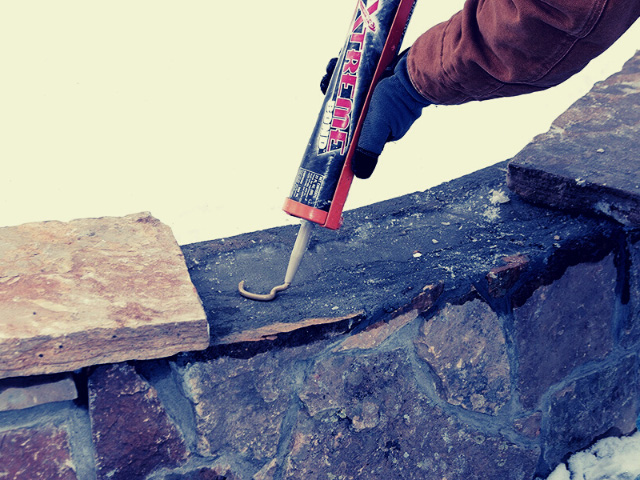
What is Masonry Adhesive?
Masonry adhesive is a type of construction adhesive designed for latching bricks, stones, or blocks together. It is meant to be used primarily on interior and exterior walls, foundations, and floors.
Masonry adhesive is usually made from a blend of high-performance resins, silicones, and water-resistant polymers. It is applied with a pump or a caulking gun and then left to dry until it becomes tacky.
Once this happens, you can go ahead and begin laying your masonry materials. Adhesives are often superior to mortars in strength and rigidity. But they are not as easy to repair, so they are best used in areas that won’t be subject to a lot of wear and tear.
Read More: Tile Adhesive vs. Thinset Mortar
What is Mortar?
Mortar is a building material that is used to bind bricks, stones, or other masonry materials together. It is usually used for structural purposes such as creating a strong foundation for a house, or for latching parts of your home together.
Most types of mortar are made from a combination of cement, sand, and water. Other types include lime, polymer, or masonry cement which can be used for special projects.
Mortar is typically applied to the materials you’re trying to bind together with the help of a trowel or a mortar applicator. It is best to allow it to dry for a few hours or until it is firm. Once your mortar has dried, you can begin laying your bricks or stones to complete your project.
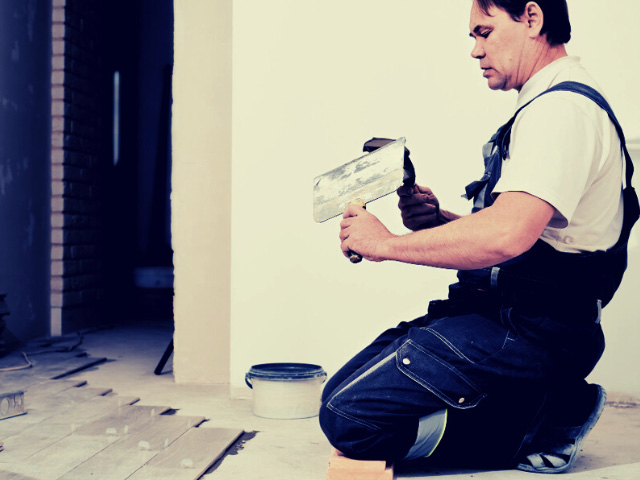
Masonry Adhesive vs. Mortar
The Difference Between Mortar and Adhesive
Mortar and masonry adhesive are both used to bind bricks, stones, and other masonry materials together. But they are different in several ways.
Masonry adhesive is applied in liquid form, whereas mortar is mixed with sand and water. Adhesives are set more quickly than mortars, making them more suitable for complex projects. Masonry adhesives are designed for interior and exterior use, whereas mortar, can only be used on exterior projects.
Mortars are easier to repair than adhesives since you can simply add more mortar to the existing structure. The higher water-resistance of adhesives makes them suitable for areas that are at risk of flooding.
Read More: Adhesive Tile Mat vs. Mortar
Read More: Construction Adhesive vs. Epoxy
When to Use Mortar Instead of Adhesive
Mortar is ideal for projects where you need a stronger bond between your bricks or stones. This includes projects such as anchoring walls, building a foundation, or installing border stones.
Mortar is better suited for projects that require a stronger bond than adhesives can provide. This includes projects such as anchoring walls, building a foundation, or installing border stones.
If you’re planning a project that will be exposed to a lot of water, mortar is a better solution than masonry adhesive. This includes projects such as building a retaining wall, installing a water feature, or creating a fountain.
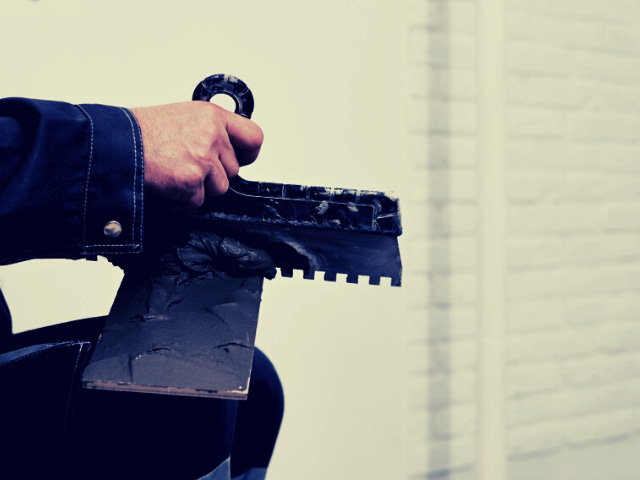
When to Use Adhesive Instead of Mortar
If you don’t need a super-strong bond between your bricks or stones, masonry adhesive could be the perfect solution for you. This includes projects such as installing decorative stones around your home, building a patio, or landscaping your yard.
If you’re planning a project that is at risk of being flooded, the adhesive is a better solution than mortar. This includes projects such as building a retaining wall, installing a water feature, or creating a fountain.
Which is better mortar or adhesive?
There are certain circumstances where one of these materials may be better than the other. As you’ve learned, mortar is stronger than masonry adhesive, while adhesives are quicker to set.
Although mortar is stronger, masonry adhesives are easier to use. In many cases, it is recommended that you use both mortar and adhesive in your project. This will help to strengthen your structure even more.
If you are new to construction, it is best to use an adhesive as your first material. This will give you a chance to learn the ropes and understand how the different materials work together. Once you have a better grasp of the process, you can try using mortar.
Can I use adhesive instead of mortar?
There are a few reasons why you might want to use adhesive instead of mortar. The adhesive is less likely to crack, making it a good choice for areas that experience a lot of movement.
It is also more water-resistant than mortar, which can be important in climates with high humidity levels. Additionally, the adhesive is often quicker and easier to apply than mortar, making it a good option for DIY projects.
Can you use adhesive on brick?
The answer to this question is yes; you can use adhesive on brick. However, it is essential to choose the right adhesive for the job. Some adhesives are better suited for certain materials than others. If you are not sure which adhesive to use, consult with a professional before beginning your project.
What is the strongest masonry adhesive?
There are a few different types of masonry adhesive on the market, but what is the strongest? The answer to that question depends on your definition of strong. Some adhesives are more durable and can withstand more weight, while others are more resistant to water or weathering.
I found Gorilla Epoxy is one of the strongest masonry adhesives.
The strongest masonry adhesive is one that is both durable and resistant to water. One such adhesive is mortar, made of lime, sand, and cement. Mortar is perfect for bonding bricks and other masonry materials together because it dries hard and is resistant to moisture.
Last Opinion
Masonry adhesive and mortar are two different types of construction adhesives. Masonry adhesive is applied in liquid form and is designed for installing decorative stones around your home, building a patio, or landscaping your yard.
Mortar is applied in a mixture and is designed for anchoring walls, building a foundation, or installing border stones. The main difference between mortar and adhesive is that mortar is stronger than masonry adhesive, while adhesives are quicker to set.

